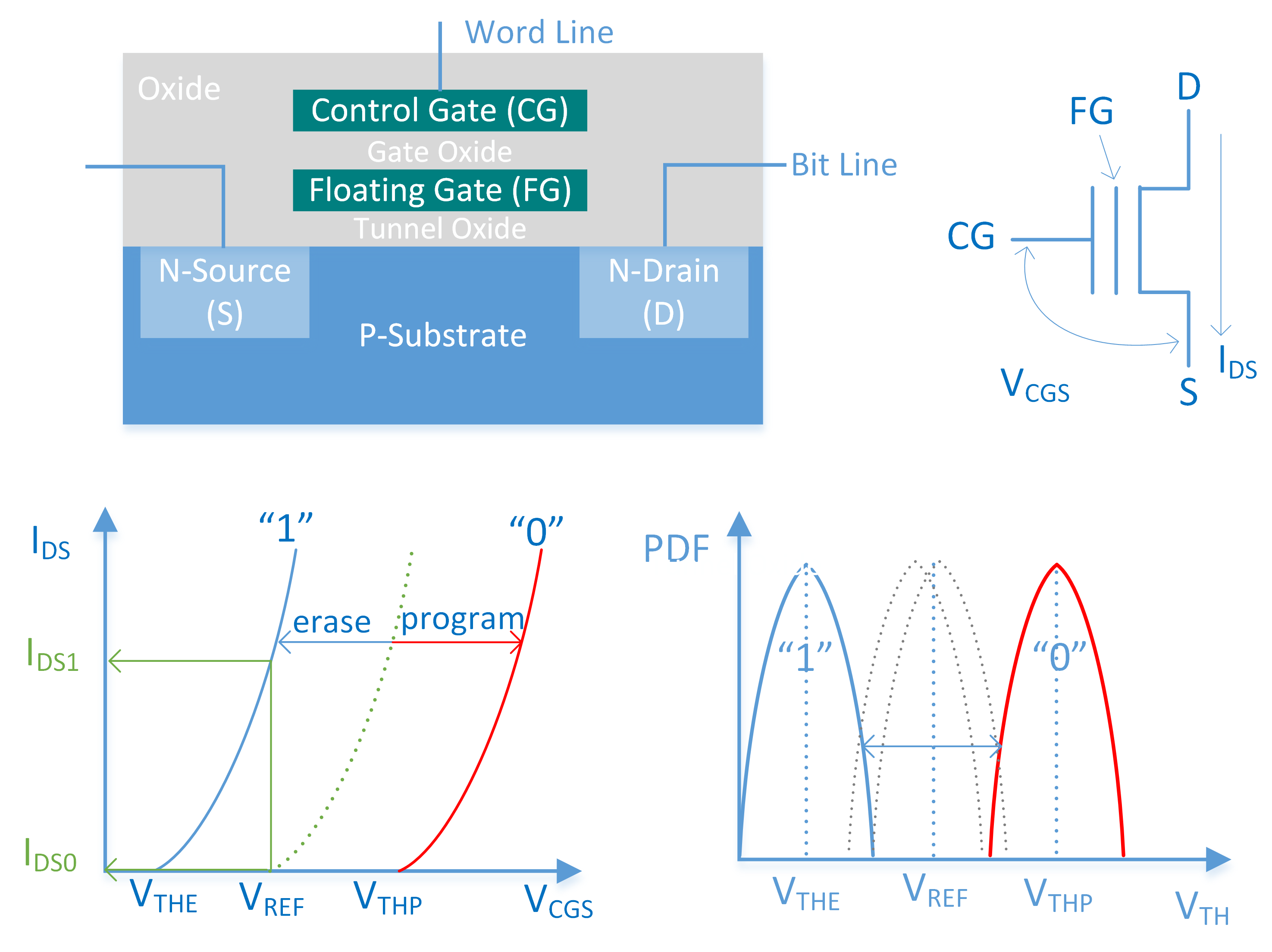NVMs

My research interests span the areas of computer architecture, embedded systems, VLSI, and wireless sensor networks. I currently lead the LaCASA laboratory (Laboratory for Advanced Computer Architectures and Systems at Alabama). I also co-lead the mHealth laboratory.
Our papers have been referenced in more than 7,000 journal and conference papers (as of 06/15/2023, Click here for Google Scholar page). We introduced a number of architectural techniques that enable building faster and cheaper computer systems that are more dependable and user-friendly or easier to design and test. Some of these techniques are implemented in modern commercial computer systems. We introduced cache injection and this work has been referenced by a number of U.S. patents (Click here to see the list). Our analysis of cache replacement policies has also been referenced by a number of U.S. patents (Click here to see the list). We also introduced a framework and developed microbenchmarks for the first successful reverse engineering of branch predictor units in modern high-end microprocessors (Click here for the microbenchmarks). We are also interested in trace compression techniques (we invented and patented stream-based trace compression), and offer to the research community instruction and data address traces for SPEC CPU2K benchmarks as well as Pin-based mTrace tools and data. We developed several highly effective techniques for on-the-fly capturing and filtering of control-flow and data-flow hardware traces in unicore and multicore processors. These technqiues have been referenced in a number of U.S. patents (Click here to see the list).
In addition to our research in computer architecture we are very excited about wireless sensor networks with an emphasis on wearble systems for human health monitoring. We introduced the concept of wireless body area networks (WBANs) for personal health monitoring and developed one of the first academic prototypes (Click here for details). Our work on WBANs includes all components of computer engineering, from sensor interfacing and hardware development to energy-efficient algorithms for signal processing, system software, application software, and communication protocols. The paper co-authored with Dr. Jovanov, “A Wireless Body Area Network of Intelligent Motion Sensors for Computer Assisted Physical Rehabilitation,” was the most read paper in the Journal of NeuroEngineering and Rehabilitation of all time. This paper has been referenced by a number of U.S. patents (Click here for details). Our other paper on wireless body area networks “Wireless sensor networks for personal health monitoring: Issues and an implementation” is consistently ranked among the most cited articles in Computer Communications journal. A number of U.S. patents references that paper as well (Click here for a subset).